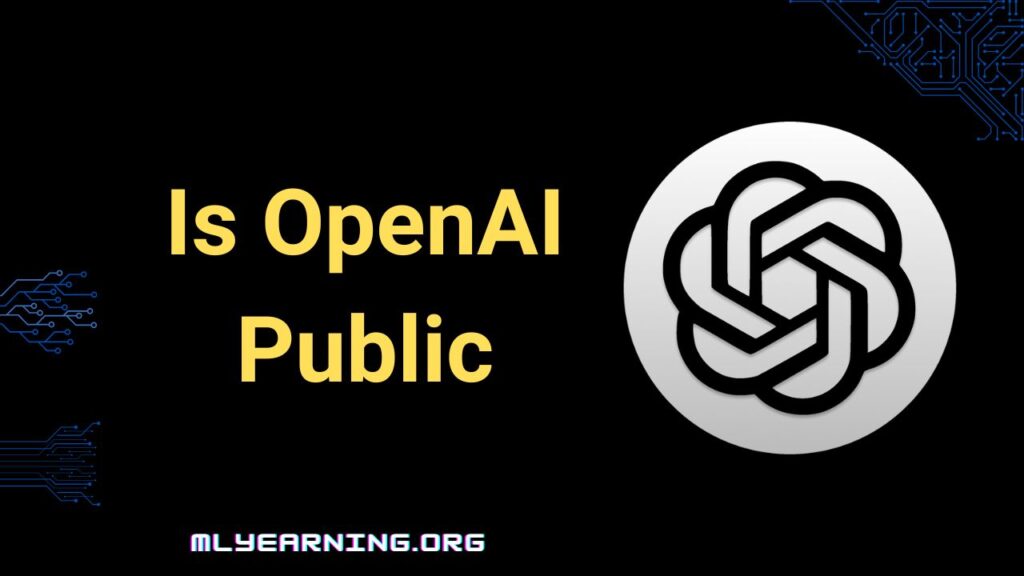AI-driven cybersecurity refers to the application of artificial intelligence (AI) and machine learning techniques in the field of cybersecurity to enhance threat detection, response, and overall defense mechanisms. It leverages the computational power and pattern recognition capabilities of AI algorithms to analyze vast amounts of data, identify anomalies, and make intelligent decisions in real-time to protect against cyber threats.
Here are a few key aspects of AI-driven cybersecurity:
Threat Detection: AI algorithms can analyze large volumes of data, including network traffic, system logs, user behavior, and threat intelligence feeds, to identify patterns and anomalies associated with known and unknown cyber threats. By continuously learning from data, AI models can adapt and improve their detection capabilities over time.
Anomaly Detection: AI algorithms can establish a baseline of normal behavior and identify deviations that may indicate malicious activities or intrusions. They can detect unusual network traffic patterns, system behaviors, or user activities that may signify a security breach.
Behavioral Analytics: AI can analyze user behavior, both at the individual and collective level, to identify anomalies and potential insider threats. By monitoring user activities, AI models can detect unusual behavior that deviates from established patterns and raise alerts accordingly.
Threat Intelligence and Prediction: AI can analyze vast amounts of threat intelligence data from various sources to identify emerging threats and predict potential attack vectors. It can help security teams stay updated on the latest threats and proactively implement necessary defenses.
Automated Response: AI can automate certain aspects of incident response, enabling faster and more efficient mitigation of cyber threats. It can autonomously block or quarantine suspicious activities, deploy countermeasures, and initiate incident response workflows.
Vulnerability Management: AI can assist in identifying system vulnerabilities by analyzing security scans, penetration testing results, and other vulnerability assessment data. It can prioritize vulnerabilities based on potential impact and help security teams allocate resources effectively for remediation.
Adaptive Security Controls: AI-driven cybersecurity solutions can dynamically adjust security controls and policies based on real-time threat intelligence and risk assessments. This adaptability allows for proactive defense against evolving threats and enables security measures to align with the changing threat landscape.
Overall, AI-driven cybersecurity aims to augment human capabilities in detecting, analyzing, and responding to cyber threats by leveraging advanced analytics and machine learning algorithms. It helps organizations enhance their security posture, reduce response times, and stay ahead of sophisticated and rapidly evolving cyber threats.




Great write-up, I?¦m normal visitor of one?¦s web site, maintain up the excellent operate, and It’s going to be a regular visitor for a long time.
Hello. Great job. I did not imagine this. This is a great story. Thanks!